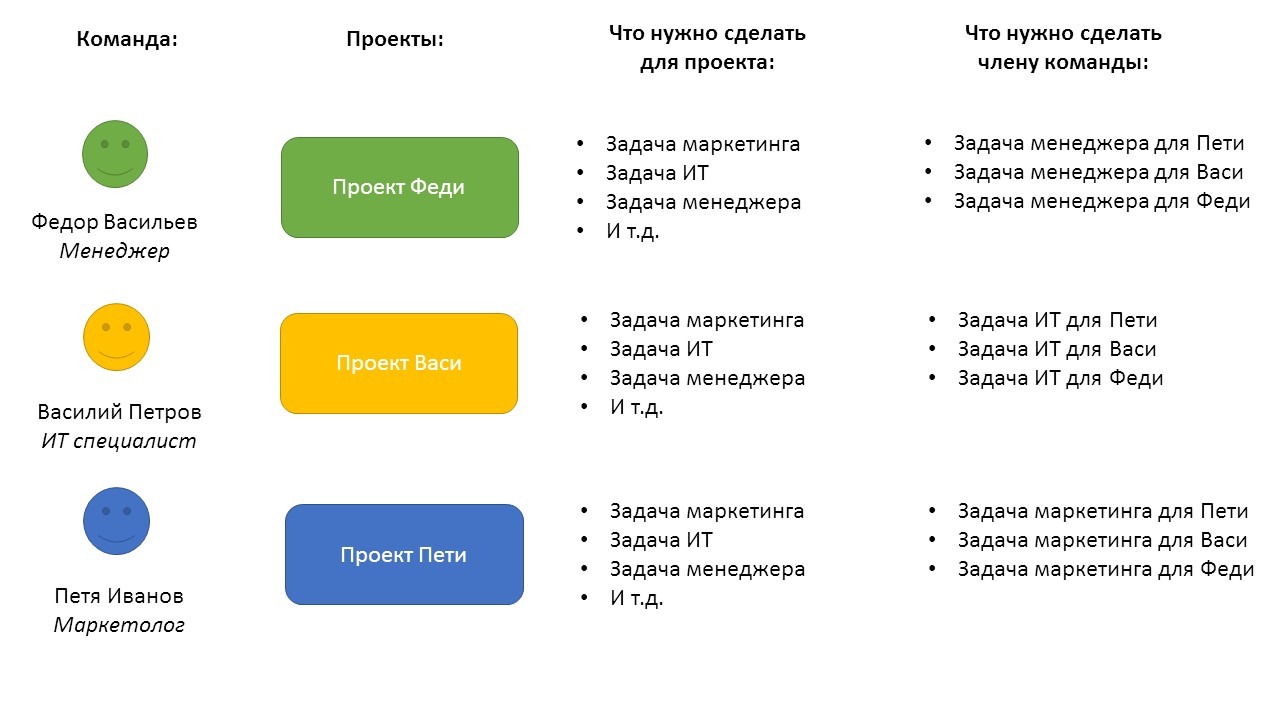Idea: how to effectively recruit a team for your startup

Most people, when they think about starting their own business, are focused on the idea. After the idea is born, all attention is paid to the concept of the product, its characteristics, business models and implementation stages. Next comes the question of creating a team. But where to find people for your project and why should they work for you?
The idea how to solve this problem under the cut.
The key resource that a startup can have at an early stage of development is the project team, namely: the totality of knowledge and skills of its specialists, the consistency of the goals of the team members, experience and motivation. The quality of the idea and the realization of the product in this case becomes a derivative of the strength of the project participants.
Everyone knows the story of how Steve Jobs invited John Sculley, one of the most experienced managers, to the Apple team. However, before this, a project was successfully launched, which was created together by two strong specialists: a marketer and a programmer.
I propose to get acquainted with the concept of a tool for effective recruitment of a team for a startup.
')
Hypothesis:
There is a large number of isolated lonely specialists who want to launch their own projects that do not have the team to implement them.
Prerequisites:
- For a successful project there is not enough knowledge of one specialist;
- One person can participate in several projects;
- No one wants to work for nothing;
- Availability of tools for remote effective teamwork.
Given these prerequisites and the hypothesis put forward, I tried to come up with a solution to a global problem - a tool for creating an effective remote
What if:
Every person who has knowledge in the field of marketing / programming / design / sales / others will offer their experience and skills to solve problems in another project, in exchange for the fact that the members of the team of their chosen project will also work on the realization of his idea?
Thus, if one project of three participants is created, three projects are automatically born.
Below is a diagram of how participants are distributed between projects, and tasks are distributed among participants:

Thus, it turns out that each specialist is busy with his own business in another project, at the same time receiving the workforce of the entire team for his project.
For this model, three roles are assumed:
The manager - has a vision of the project, his task is reduced to the formation of goals and objectives, coordination of team members, monitoring the implementation of project tasks, providing the project with resources.
IT specialist - is responsible for the implementation of the technical tasks of the project, creates the final product, according to the vision of the project and market information.
Marketer is responsible for information about the market: consumers, competitors and product, must justify the demand for the project's product, ensure that the product’s functionality meets the needs of consumers, control the appearance of the product, determine pricing, promote the product, etc.
Working together, team members create a finished product faster and more efficiently. It should be noted that one person can perform several roles in a project, as follows: a programmer can be a manager and an IT specialist in his project, while at the same time a “new Steve Jobs” can be a manager and marketer at once.
Conclusion: using this model of creating a team for a startup, each specialist can implement his project with the help of other people, using his knowledge in several projects. By joining together, people can get results faster and more efficiently.
Conclusion:
The modern world offers ample opportunities for creativity, but, unfortunately, it is too complicated to do something big alone. In the process of finding a team for my project, I had the idea to create an effective and convenient tool for solving this problem. In this publication I tried to set out the essence of the concept.
I propose to discuss the feasibility of applying and the possible effectiveness of such a model in practice, using a cloud-based task management service, for example, the same Bitrix24, or something similar, to create projects and search for a team.
Thanks for taking the time to read this material!
Source: https://habr.com/ru/post/299266/
All Articles